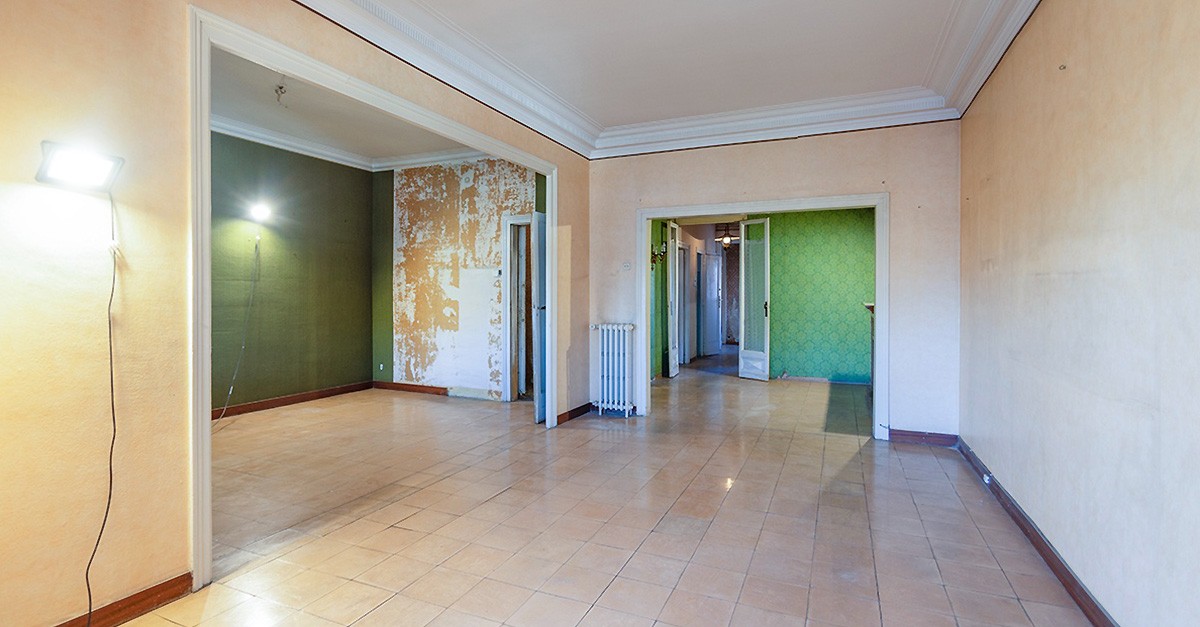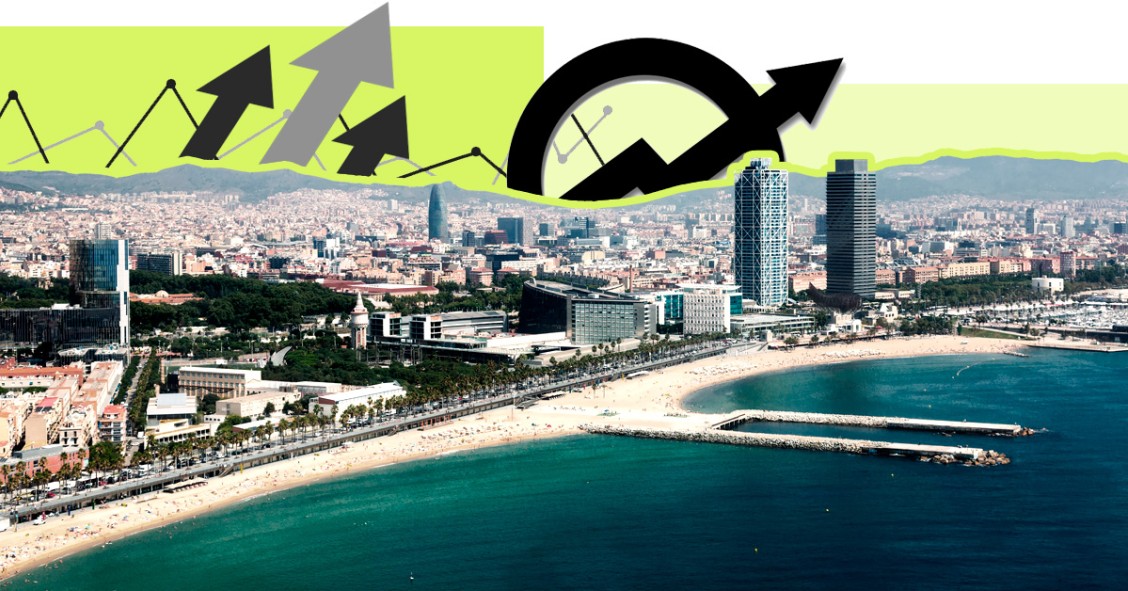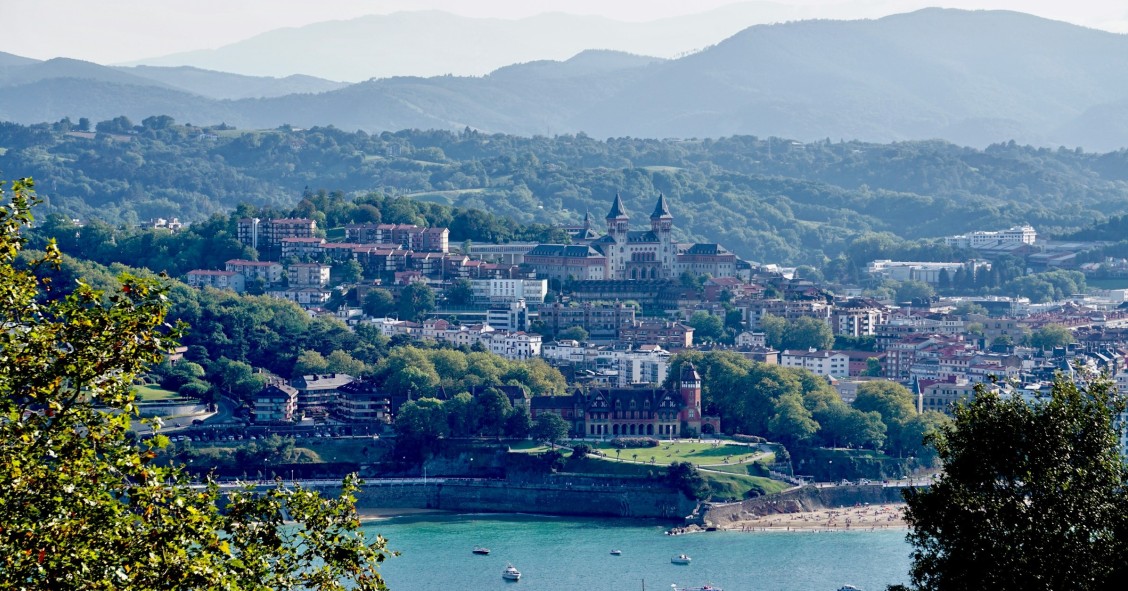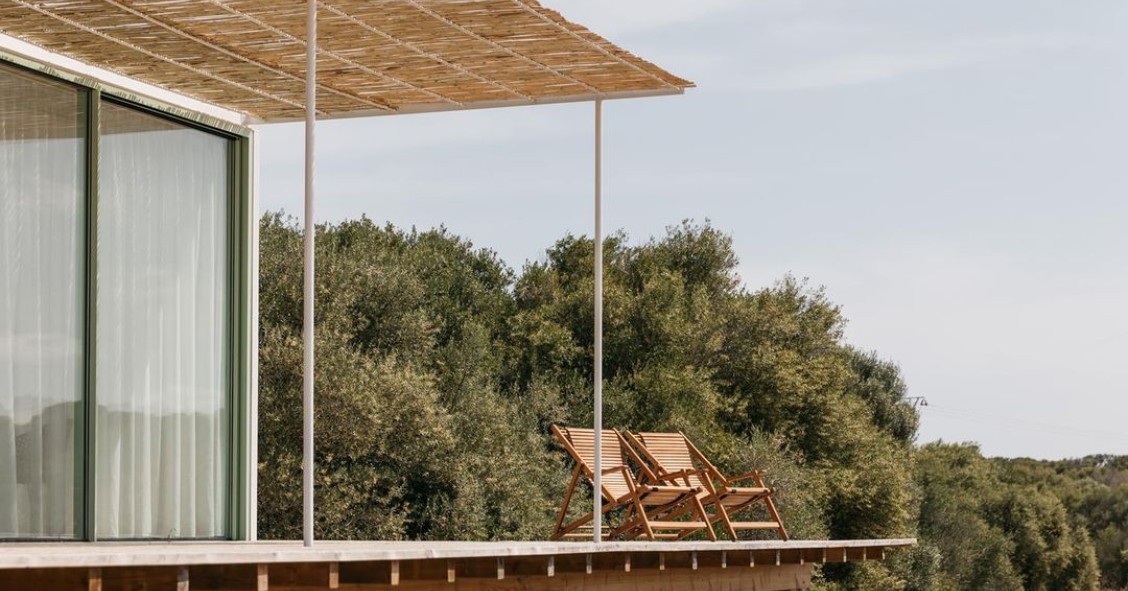
The sale of homes without possession is notably impacting the Spanish property market. Once virtually unheard of, these properties now account for 2.6% of all homes for sale in Spain, according to a study published by idealista based on listings from the Q4 2024. As this is the first study of its kind, it does not yet provide insight into trends over time. However, it reveals that during this period, a total of 20,464 homes listed on idealista were identified as being squats.
Francisco Iñareta, idealista spokesperson, stated, “These figures highlight the significance of this phenomenon, both for the market itself and for how property owners perceive it. It represents an additional obstacle to the recovery of housing supply. Attempts to downplay this issue, sometimes through misleading comparisons, do not alter market perceptions. Instead, they reinforce a sense of vulnerability among owners and contribute to more properties being taken off the rental market.”
Properties with squatters for sale are more common in cities like Girona, Murcia and Seville.
Girona is the Spanish city where the phenomenon of listing properties with squatters is most prominent, with 8.8% of homes sold in the city being advertised as squats. This is followed by Murcia (5.5%), Seville (4.7%), Almería (3.9%) and Málaga (3.8%). Barcelona and Santa Cruz de Tenerife each account for 3.5%, while in Lleida and Valencia, the figure stands at 3.4%. Other cities exceeding the national average include Huelva (3.3%), Palma (2.9%), Tarragona (2.8%) and Las Palmas de Gran Canaria (2.7%).
In contrast, the major markets with the lowest share of properties with squatters for sale are Madrid (2.3%), Alicante (2.1%), San Sebastián (1.3%) and Bilbao (just 1%).
Logroño has the smallest proportion of properties with squatters for sale, accounting for only 0.2% of the total. This is followed by Salamanca, Ourense, Guadalajara, Cáceres, Palencia and Ciudad Real, each with 0.4%.
Barcelona province (7.6%) stands out for having the highest share of properties with squatters for sale
Barcelona is the province with the highest proportion of properties with squatters on the sales market, with 7.6% of all listings in this category. It is followed by Toledo (4.1%), Murcia (4%), Girona (3.8%) and Seville (3.7%). Other provinces with rates above the national average include Tarragona (3.4%), Lleida (3.1%), Las Palmas (2.8%), Almería (2.7%) and Huelva (2.7%). Madrid aligns with the national average at 2.6%.
In contrast, Soria has the lowest incidence, with just 0.1% of homes listed as squats. It is followed by Ourense (0.3%), La Rioja and Palencia (0.4% in both cases).
How properties with squatters for sale are distributed across different markets
The largest markets feature a higher number of vacant homes on the sales market. Barcelona tops the list with 723 properties with squatters for sale in the fourth quarter of 2024, followed by Madrid with 644 homes during the same period. Murcia (390) ranks third, followed by Málaga (286), Seville (272), Valencia (243), Palma (213) and Alicante (176). Together, these eight cities account for 71% of all properties with squatters for sale across Spain's capitals.
Among the major markets, only two cities fall outside this leading group: Bilbao, with just 36 properties with squatters for sale in the last quarter of 2024, and San Sebastián, where the figure is a mere 22 properties with squatters.
Teruel, with just one, has the fewest properties with squatters on the market among Spain's capitals, followed by Guadalajara and Ceuta (three each), and Cuenca and Melilla (four each). Other cities with very low numbers include Huesca (five), Logroño (six), Ciudad Real (six), Zamora (six), Ávila (six), Palencia (seven), Cáceres (eight), Pamplona (eight), Pontevedra (eight), Lugo (nine) and Segovia (nine).
In terms of provinces, the pattern is similar, with Barcelona leading the way with the highest volume of properties with squatters on the market, at 6,778 properties. It is followed by Madrid (1,389), Murcia (1,236), Alicante (1,160), Málaga (1,130) and Girona (1,101), the only provinces with more than 1,000 properties with squatters. On the opposite end, Soria has just one property with squatters, followed by Teruel (12), Palencia (13) and Zamora (13).
Methodology
To conduct this study, idealista/data employed a text processing algorithm to identify listings that meet the established squatting criteria. Currently, it is not possible to track the evolution of this metric or expand it to assess prices or demand interest.
Data compiled and analysed by idealista/data, idealista's proptech, which provides information for a professional audience to facilitate strategic decision-making in Spain, Italy and Portugal. It uses all the idealista database parameters in each country and other public and private data sources to offer valuation, investment, recruitment and market analysis services.







